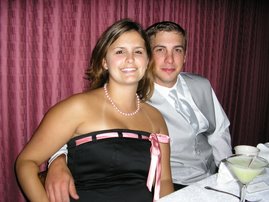
By: E.B. White
Illustrated by: Garth Williams
This is a classic story I was not intending on blogging about. I've read this story many times and wanted to use this class as an opportunity to explore new Kid's Lit. Then, when I thought about it, it's okay to reread books that are our favorites. There must be something good in them to make readers keep reading them throughout the years.
I recently finished reading this book aloud to my K students. Since the movie recently came out, they really wanted to start (and finish) this story. I was curious about how engaged they would or would not be. White's book of the famous pig, Wilbur, contains a plethora of rich vocabulary. Though I never did any formal lessons with vocabulary, I made sure not to skip over any words my students wouldn't know and to take a quick amount of time to ask the class what they thought the word meant and further discuss the meaning.
The main theme is the friendship between a pig and a spider. I really tried to discuss how people who are not alike in the least bit can be friends. We discussed similarities and differences and how they can be over come. We talked about each of the characters, our favorite parts, and what we didn't like. (Refer to the link on the right to read some of our book reviews of Charlotte's Web.)
Though I've read this story a few times and having reread it recently, I can see why this story is a classic. Though the death of Charlotte is sad, the ending does gives readers a feel-good sense that Wilbur is going to be okay. We all want friends like Charlotte.







